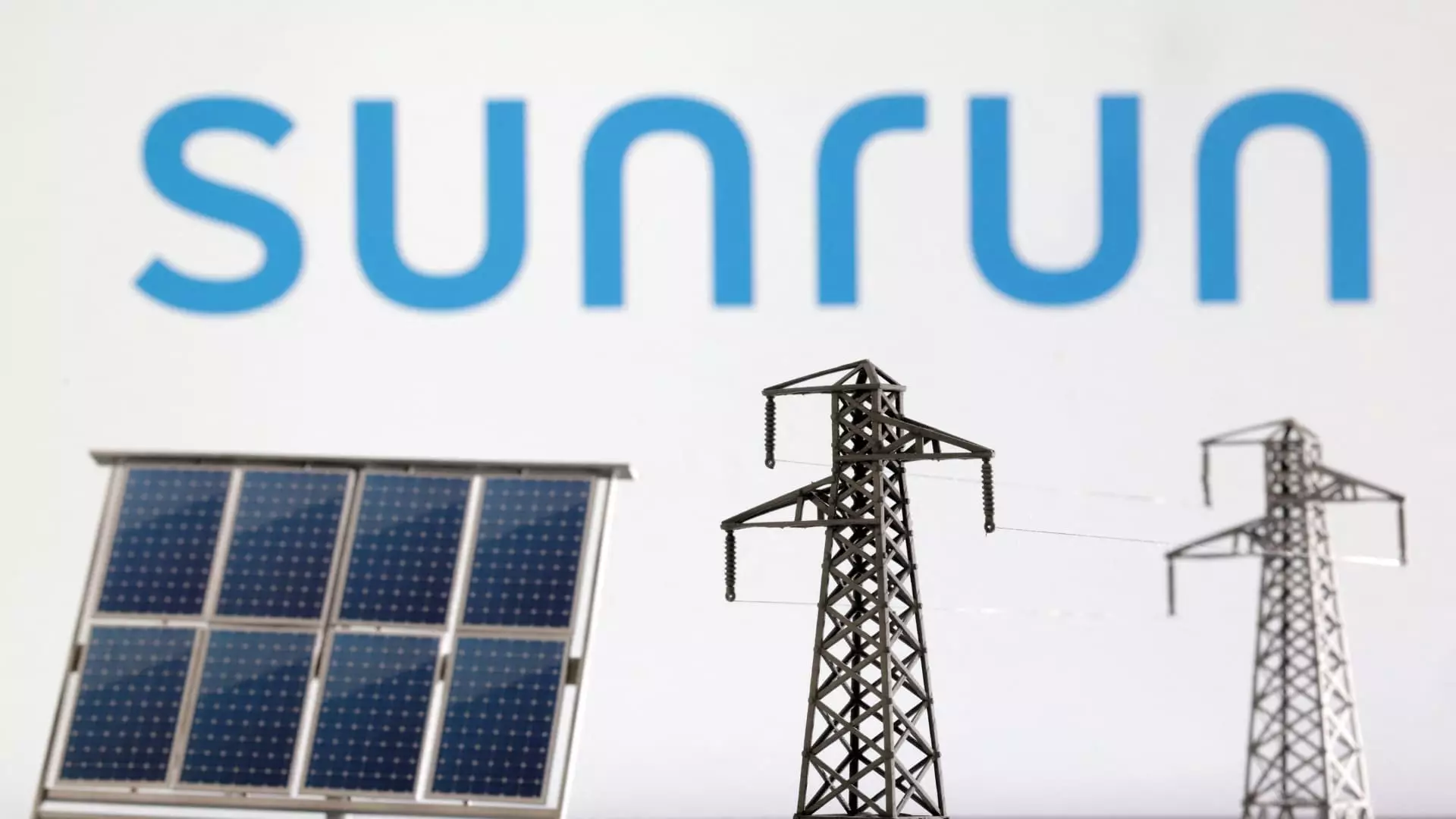In recent trading sessions, the financial landscape appears to be rife with exuberance, driven by a series of corporate moves that, on the surface, seem promising. From tech giants to energy innovators, the market sentiment has been bolstered by headlines about expansions, strategic alliances, and upgrades from influential analysts. However, beneath this veneer of optimism, a skeptical observer must question whether many of these rallies are genuinely rooted in fundamental strength or merely transient bursts of speculative enthusiasm. It’s easy to get swept away by sensational news—such as Meta’s relentless AI overhauls or Target’s expected earnings beat—yet a closer look suggests a fragile foundation.
The recurring theme is clear: optimism is often more reflective of narrative-building than real growth. Meta, for example, has announced its fourth artificial intelligence restructuring in just half a year, signaling internal turbulence rather than innovation stability. Such frequent overhauls hint at a company struggling to find its footing, rather than leading a new technological era. Likewise, retail stocks like Target are riding on the expectation of better-than-anticipated earnings, but are these projections sustainable or simply a product of Wall Street’s wishful thinking? These narratives, while compelling, often mask deeper uncertainties about long-term profitability and strategic clarity.
Speculative Waves in Energy, Technology, and Healthcare
The surge in energy-related stocks, notably Antero Resources, illustrates a market still influenced heavily by macro-level fears—specifically, concerns about supply oversaturation. The downgrade by Roth from buy to neutral reflects caution against over-optimistic projections. Meanwhile, renewable energy companies like Sunrun benefit from policy signals and tax credit debates but remain vulnerable to shifts in political will and regulatory stability. The recent uptick may be justified by potential legislative gains, yet it’s vital to acknowledge that the renewables sector often overpromises and underdelivers, making these gains more a matter of policy speculation than concrete progress.
Healthcare appears to be another sector riding a wave of excitement. The collaboration between GoodRx and Novo Nordisk to offer anti-obesity drugs at competitive prices epitomizes how healthcare companies are capitalizing on emerging markets and societal trends. Still, the longevity of these health-related booms hinges critically on regulatory approvals and public acceptance—variables that are notoriously unpredictable. This creates an environment where quick gains are celebrated but long-term stability remains uncertain.
The technology sector, exemplified by companies like Dayforce, is also caught in the tide of acquisition chatter that often inflates stock valuations temporarily. Thoma Bravo’s potential buyout of Dayforce seems promising on paper, yet mergers and takeovers are historically fraught with risk, often leading to integration challenges rather than value creation. The same applies to Epam Systems, whose upgrade from hold to buy is based on a recovery narrative that could easily be derailed by broader economic headwinds or competitive pressures.
The Critical Role of Market Sentiment and Overhyped Narratives
What is most striking is how market sentiment continues to be driven by hype rather than tangible earnings or sustainable business models. Investors seem willing to overlook potential risks in sectors like natural gas, where Antero Resources’ downgrade reveals an oversupplied market. Similarly, the enthusiasm around Soho House—set to be privatized in a multi-billion-dollar deal—reeks more of opportunistic privatization mania rather than intrinsic value.
This dynamic underscores a broader tendency: the market’s tendency to chase short-term headlines instead of assessing long-term fundamentals. Analysts’ upgrades and downgrades, along with strategic investments from giants like Google or Guggenheim, provide a false sense of security. They often serve to mask underlying vulnerabilities, such as regulatory risks, technological obsolescence, or market saturation.
The current rally, while seemingly strong on paper, should serve as a cautionary tale. The relentless pursuit of alpha through hype-filled narratives endangers investors by fostering complacency and overconfidence. It’s crucial for investors to differentiate between genuine innovation and fleeting hype, lest they fall prey to the same flawed optimism that has repeatedly led to market corrections in the past.
In a landscape where narratives often outpace reality, skepticism becomes a vital tool for navigating the choppy waters of today’s markets. While the promise of technological advances and policy shifts provide some optimism, the overarching truth remains: a careful, disciplined investor will look beyond the headlines and scrutinize the actual fundamentals before succumbing to the next wave of hype-driven optimism.

